This blog is in partnership with monday.com.
What gives a customer that unique feeling that a brand really knows them? First and foremost, creating a strategic marketing campaign ensures your consumers feel their needs are fulfilled by brands at just the right time.
An effective campaign aims to make your audience rely on your business. Whether you’re selling a product or service, your brand should be memorable enough for consumers to believe you and think of you first when the need for your service arises.
Of course, investing time and money into creating a successful marketing campaign is where it all begins. So, what are the building blocks to making your campaign a thriving success?
Set strategic marketing campaign goals
Before anything, let’s shoot for the marketing stars and set some goals. You need to know how to make a campaign plan that’s impactful, precise and worth the work. There are a variety of goals behind marketing campaigns, here are a few that will help guide you:
Increase brand awareness and grow your audience
Promote a service or product
Advertise an event
Build hype around an upcoming announcement
Build revenue
A prime example of a killer marketing campaign was the lead up to Adele’s album, 30. The singing sensation’s marketing team hit the news headlines and truly set fire to the rain (see what we did there?) Intending to spread awareness and hype around the album, Adele’s team lit up landmarks with 30 projections across the world. Partnered with a cheeky change of Adele’s social profile pictures, her Spotify numbers soared in anticipation of her new release.
Every strategic marketing campaign is different, as every business has unique goals. Grab a coffee with a biscuit, and consider what you’re aiming to get out of running a campaign and how it’s going to benefit your brand.
Pick your measurements
How do you measure success if you don’t measure your campaigns? Picking your measurements is an incredibly important step of how to make a campaign plan, which correlates with your goals. Whether it be engagement rates, pre-orders, email subscribers or social growth, you must take note of metrics and reflect on what’s effective (and what isn’t.)
When it comes to keeping track of your measurements, we recommend recording them on an organised work platform such as monday.com. With digital boards, you can collaboratively track metrics with other members of your team. Their visual platform allows you to wave goodbye to jumbled numbers and precisely input your campaign’s goals and progress, as well as results. Keeping on top of your workflow from start to finish is key in monitoring what works for your consumers.
Consider buyer persona
A buyer persona is the ultimate marketing dream. A research-based representation of your ideal target audience can help you define who you’re aiming to convert through your marketing campaign. Knowing when and where to strike with your stellar content is what will attract, convince, and convert your target audience. As you may have different buyer personas depending on the aim of your campaign, always refer back to what your goals are.
Choose your channels
Eeek, it’s time to choose your channels! Each marketing channel has an advantage for connecting and communicating with your consumer. Let’s break down a few channels and their purpose:
Social media (Instagram, Facebook, LinkedIn etc) – brand awareness, competitions, UGC campaigns
Email campaigns – promote sales, inform about events, retain customers
Influencer marketing – gain new leads, attract new consumers
SEO – build reputation, blog reads, increase click-rate
Choosing your channels is essential, as some won’t have as much of an impact if they’re not right for the campaign. For example, you wouldn’t use a billboard marketing campaign if most of your audience is online, as they’re more likely to connect with your brand digitally. Instead, harness the channels that your consumers value.
Plan and create the content
No matter the budget for a marketing campaign, you can still leave a memorable mark with the content you create. Referring back to Adele’s mind-blowing 30 strategy, there was probably more money involved than a small business could afford. However, your campaign is for your audience only, and that’s why it’ll work! If you have a budget for a marketing campaign, use it well and section spend into content creation, pay-per-click, and so on.
Creating and planning the content is where the true marketing magic lies.
To strategically manage all of your posts, whether they be on social media or within email campaigns, map them out on monday.com. You can update the status of each piece of content, collaborate in one place with your team and share feedback, and clearly define the next steps so nothing gets stuck in planning. From the first draft to the date and time it’s being published, you can monitor your marketing campaign from beginning to end. It’s a game-changer for marketers, and we can’t imagine our lives without it!
Make clear call-to-actions
Call-to-actions are key. If you’re producing content without CTAs, how does your audience know what to do with the information you’re presenting to them? No matter the budget you have for a marketing campaign, call-to-actions are free and insanely valuable. Their purpose is to guide consumers in the right direction of where to go next. Here’s some inspiration for how you can use them in your campaign:
Sign up via the link below
Comment your opinion on___
Have you ever ___?
What’s your experience with ___?
Vote here
Never miss out any steps
If you’re making a cake and you leave out one ingredient, chances out it won’t come out just right. . The same is true with your strategic campaign, you need to be patient with the process and ensure you’re including everything required to piece it together.
To effectively plan your marketing content and track your metrics, sign up for a 30-day free trial of monday.com Work OS. You’ll set yourself up for marketing success with their colourful and creative workspace, where you can manage your workflow processes from beginning to end.




